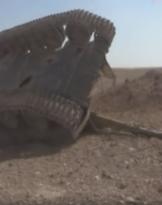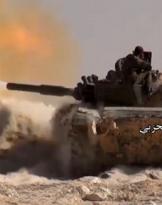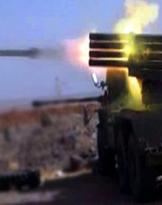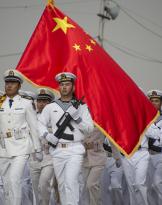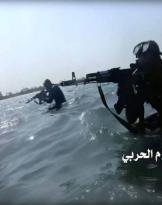Arid mountains, extreme temperature changes, harsh winters, torrid summers, terraced plantations cut out where possible ... the north-western regions of Yemen resemble Afghanistan. Ibb, the capital of Governorate with more than 150.000 inhabitants, is perched at 2000 meters high; Sa'dah, rebel stronghold Houthi, to 1800. These data are enough to understand what war is in these parts.
After the insurrection Houthi and the invasion of the Saudi-led Arab coalition, the reunified country has again split in two: the territory controlled by the rebels and the faithful in Saleh corresponds more or less to the old Arab Republic of Yemen, known until 1990 as Yemen of North with capital Sana'a; everything else is in the hands of the Sunnis of the former Republic of the South, including the then capital Aden. These are superimposed on the Jihad of Al Qaeda of the Arabian Peninsula (AQAP), in a disturbing mess with the Saudis (see article) and shreds of Islamic State, not yet structured in the country. The AQAP is very strong along the coast and pushes towards the west colliding with the rebels Houthi, Shiites zayditi his bitter enemies.
Coming from the east or north, from the Saudi provinces of Njran or Al Sharqiyya towards northwestern Yemen, we pass from the sandy desert to the lunar rocks, no more hospitable than the desert itself. In such environments, insurgent forces that know the terrain can easily get the better of well-equipped but less motivated troops and above all foreign to the territory.
The forces of the Arab-Sunni coalition, unlike the rebels Houthi, they are not very familiar with the crevices of remote Yemen. In particular, the Saudi forces that use many foreign mercenaries entered the land of Sana'a too lightly. 
The Saudi armored units are now the target of Iranian-made ATGMs (variation of the Konkurs Russians) apparently also effective against wagons Abrams Books.
4 would be the Saudi Apache helicopters shot down from August 2015 by Sam-2 e 3 Russian-made in the hands of forces loyal to Saleh and rebels. In relation to the costs and the forces involved, the damage to the Riyadh coalition is enormous.
But to describe the Yemeni conflict only as an asymmetric war based on ambushes and ambushes would be inaccurate. In addition to the typical abilities of a guerrilla force operating in the mountains and on a domestic territory, the Yemeni forces of the Shiite cartel deploy well-trained wars for conventional warfare, on which stands the Republican Guard almost entirely loyal to Saleh.
With the support of Iran, the rebel front has lethal missiles Qahir-1 whose latest launch with disruptive effects is of 9 March against the Tadaween base in the Mareb. THE Qahir they are pounding the Saudis even within their own borders: the Saudi province of Jazan, between mountains and the Red Sea, is constantly under fire. The war would therefore have spread to the territory of Arabia with a great surprise for the forces of Riyadh endowed with deadly means but now bogged down in a real Arab Afghanistan. The only answer given so far is to raise the level of confrontation with a total war. The Saudi air raids are continuous: local sources reported dozens of civilians killed in the bombing of Taiz, Dhubab, Saada and Sana'a itself. Even water deposits and wells in Hajjah Governorate at 120 km from the capital would have been destroyed. These are overlaid with the attacks of a civil war. In this regard, we take this opportunity to be indignant at the almost total silence of the media on the killing of four 4 March missionary nuns by Islamic fundamentalists adjacent to the coalition.
In the West it is hardly talked about, but in Yemen there is a conventional war and a practically daily massacre. The recent appointment of Saudi Arabia as a member of the Presidency of the Advisory Group for Human Rights at the UN, in this regard, sounds like a joke.
The military data speak for themselves: the stain widens. In Yemen, in the midst of a humanitarian emergency, the armies of the Islamic countries of the coalition are present (2000 soldiers even from Senegal ...) to which is added the availability of countries ready to serve the Arabs of the Gulf in exchange for money: the Eritrea has made available its bases for the Arab Emirates fighters, spearhead of the Saudi coalition.
Even if the Saudis were to succeed in changing gear to the conflict, a definitive defeat of the Houthi at present it appears difficult. An organization of the crisis on the other hand is possible, with two ineluctable data: the Shiite-Sunni tension fuse is still lit; at least for now, Saudi Arabia will be the real defeat.
Read also
Yemen: Saudi forces are still defeated
Yemen: peace agreements are not needed
(Photo: SABA)


